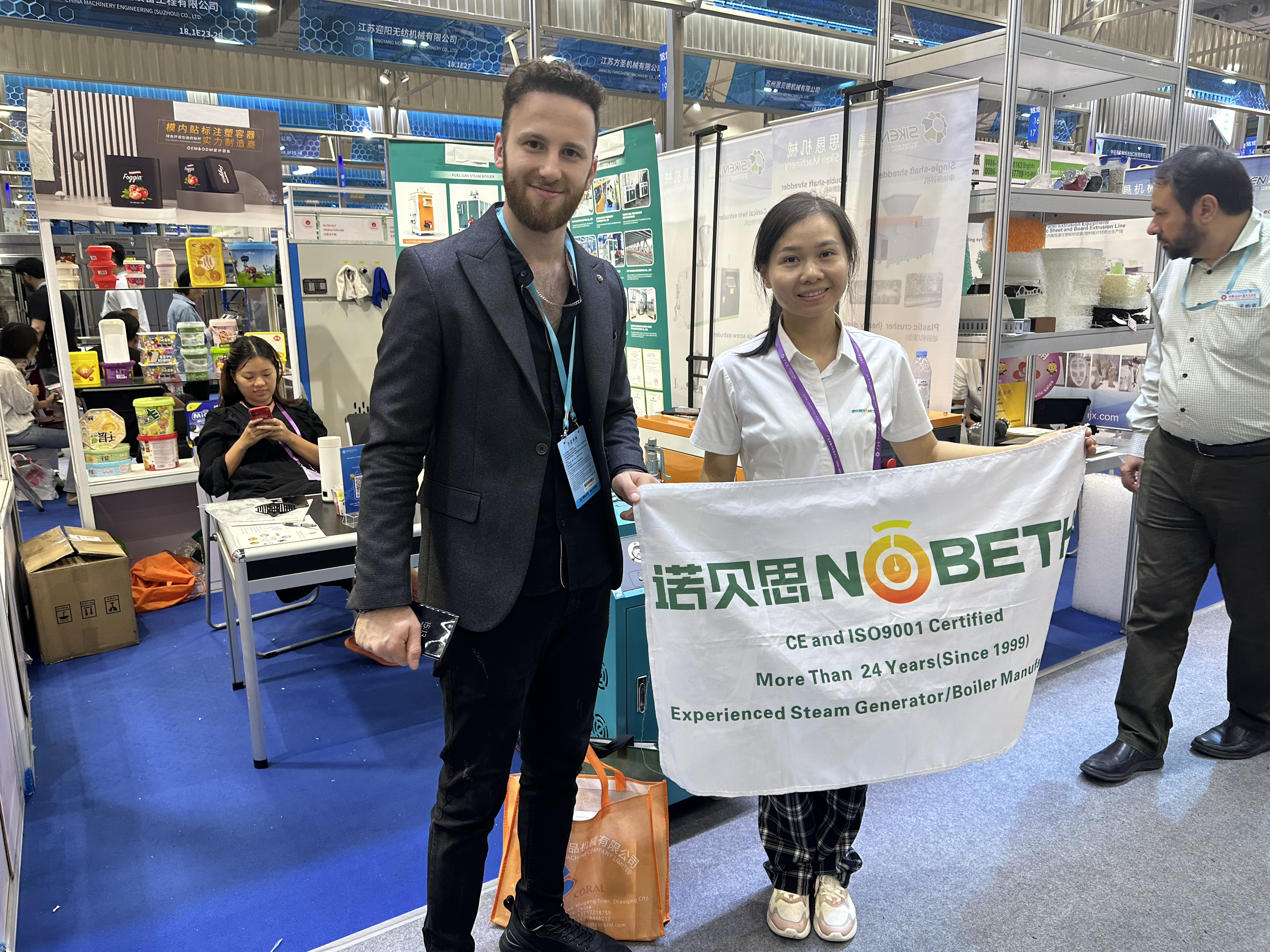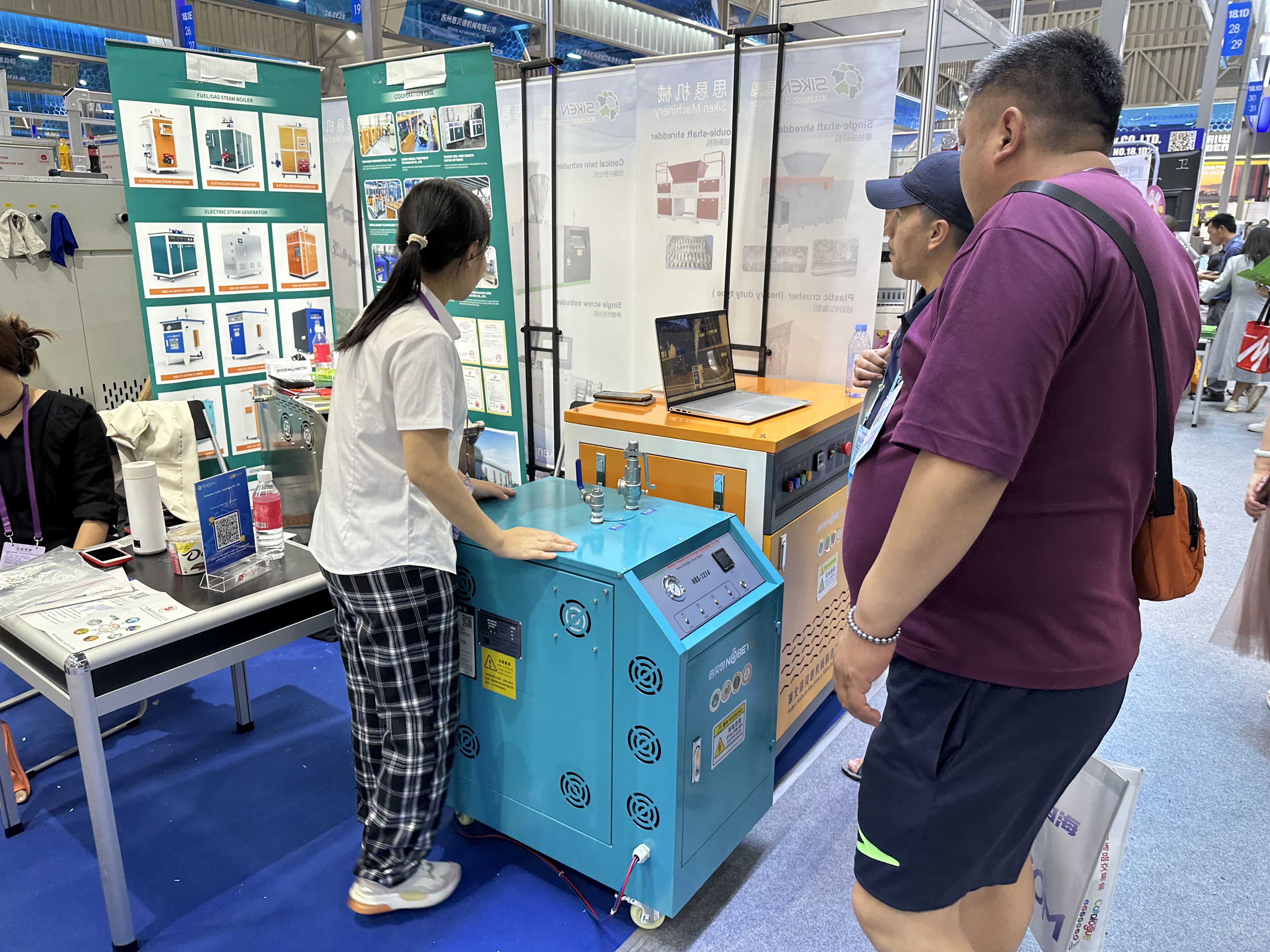Commonly used energy-saving measures for boilers
1. Energy-saving measures for boiler design
(1) When designing a boiler, you should first make a reasonable selection of equipment. In order to ensure the safety and energy saving of industrial boilers and meet user requirements, it is necessary to select appropriate boilers according to local conditions and design the boiler type according to scientific and reasonable selection principles.
(2) When selecting a boiler, the fuel of the boiler should also be selected correctly.
The fuel type should be reasonably selected according to the type, industry and installation area of the boiler. Properly blend coal so that the moisture, ash, volatile matter, particle size, etc. of the coal meet the requirements of imported boiler combustion equipment.
(3) When selecting fans and water pumps, choose new high-efficiency and energy-saving products instead of outdated and obsolete products; match water pumps, fans and motors according to the boiler operating conditions to avoid the phenomenon of “big horse and small cart”. The inefficient and energy-consuming auxiliary machines used should be modified or replaced with high-efficiency and energy-saving products.
(4) Reasonable selection of boiler parameters
Boilers generally have the highest efficiency at 80% to 90% of the rated load. As the load decreases, the efficiency also decreases. Generally, the capacity of the boiler selected is 10% larger than the actual steam consumption. If the selected parameters are incorrect, a boiler with higher parameters can be selected according to the series standards. The selection of boiler auxiliary machinery should also refer to the above principles to avoid “big horse and small cart”.
(5) Reasonably determine the number of boilers
The principle is to consider the shutdown of the boiler for normal maintenance, and also pay attention to the number of boilers in the boiler room being less than 3 to 4.
(6) Scientific design and use of boiler economizer
In order to reduce the heat loss of exhaust smoke and improve the thermal efficiency of the boiler, an economizer heating surface is installed in the tail flue of the boiler, and the heat of the flue gas is used to heat the boiler feed water to achieve the purpose of energy saving. After installing the economizer, the feed water temperature is increased to make the boiler water The temperature difference with the feed water is reduced, which reduces the thermal efficiency generated by the boiler feed water.
National regulations: The exhaust temperature of boilers <4 tons/hour shall not exceed 250℃; the exhaust temperature of boilers of ≥4 tons/hour shall not exceed 200℃; the exhaust temperature of boilers of ≥10 tons/hour shall not exceed 160℃, otherwise an economizer shall be installed. .
(7) Select equipment according to actual steam consumption as much as possible. The rated evaporation capacity of an industrial boiler is its maximum continuous steam production. Generally, the boiler thermal efficiency is the highest when it is around 80 to 90% of the rated treatment. Therefore, on the basis of verifying the steam consumption, neither equipment with too small evaporation capacity nor equipment with too large evaporation capacity can be selected.
(8) When designing, the graded utilization of steam should be considered
Steam has a characteristic that it can be used continuously and graded. The more times it is used, the more fully the energy is utilized. If the high-grade steam is used to generate electricity under back pressure, it can then be used to drive industrial steam turbines to do work, and then heat products or The materials are finally used for cooking or heating, hot water supply, etc. This is the rational and graded utilization of steam.
2. Energy-saving measures for boiler management
(1) Strengthen operation management. Improve the professional skills of imported boiler operators and managers, correctly use and operate the imported boiler system; perform regular maintenance on the equipment to ensure that the system and equipment operate safely and economically in the best condition.
(2) Operation, safety and maintenance systems must be improved. Only by strictly following the operating procedures can the equipment operate with high efficiency and low energy consumption. Only by regularly maintaining the equipment and keeping it in good condition can the phenomena of “running, popping, dripping and leaking” be eliminated.
(3) Strengthen measurement management. In addition to safety instruments and boiler operation indication instruments, energy measurement instruments are indispensable. The scientific management of energy and the development of energy conservation work are inseparable from the measurement of energy. Only by correct measurement can we understand the effect of energy conservation.

